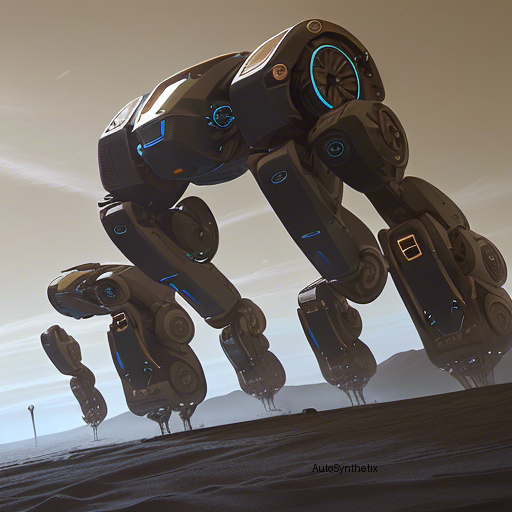Introduction
In today's fast-paced technological advancement era, seamlessly integrating artificial intelligence (AI)-driven systems within our daily lives becomes increasingly crucial. As part of these efforts, researchers have been tirelessly working towards creating agile machines capable of adapting their skills across diverse scenarios—a challenge aptly addressed by the groundbreaking "MAkEable" approach presented in recent research. Let us dive deeper into understanding how this innovative system revolutionizes the way mobile manipulators learn new tasks, share knowledge between devices, and function effectively in dynamic settings.
The Concept Behind MAkEable
Envision a world where your household robotic assistants could not just execute individual tasks but also effortlessly adapt those abilities to other similar situations, irrespective of the specific device utilized. The core idea behind MAkEable lies precisely in achieving such a level of interoperability among robots concerning mobile manipulation skills. Developers designed this framework primarily focusing on efficient transfers of learnt expertise from one machine to another while traversing distinct environmental contexts.
Memory-Centred Cognition Architecture Integrated With Affordance-Based Task Description
To actualize this ambitious goal, the team integrated a novel cognitive structure drawing upon both 'memory-centricity' and 'affordance-oriented task descriptions.' They implemented this advanced concept onto the widely recognized ARMAR series of humanoid robots as a testbed. Leveraging memories enables the accumulated experience sharing necessary for successful transfer learning. On the contrary hand, using affordances - denoting potential interactions between the robot and its surroundings – offers a common vocabulary for managing numerous manual operations involving familiar and unfamiliar items spanning varying ambiances.
A Wide Spectrum Of Real World Experiments Demonstrate Successful Implementation
This fascinating innovation has demonstrated remarkable efficacy when put under practical scrutiny. Some notable instances include proficient handling of known and unforeseen objects during pickup procedures; bimanually coordinated item retrieval maneuvers; effective execution of memory-guided multidisciplinary competency translation amongst dissimilar humanoids navigating contrastive circumstances like opening drawers; lastly, imitating a human pouring action after observational study sessions. These trials serve as compelling evidence showcasing the MAkEable methodology's robustness in addressing complexities associated with automated dexterity adaptation.
Conclusion
With MAkEable, scientists have taken a significant stride forward in realizing the longstanding vision of universally applicable robotics solutions. Its unique integration of memory-focused cognizant architectures combined with affordance-inspired task depiction paves the roadmap toward a future where intelligent automata can fluidly adjust their repertoire according to shifting requirements without compromising performance quality. Undoubtedly, further refinement and development will propel us closer to a more harmonious cohabitation with technology in tomorrow's ever-evolving landscape.
Source arXiv: http://arxiv.org/abs/2401.16899v2
